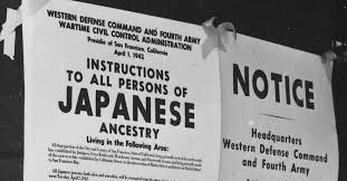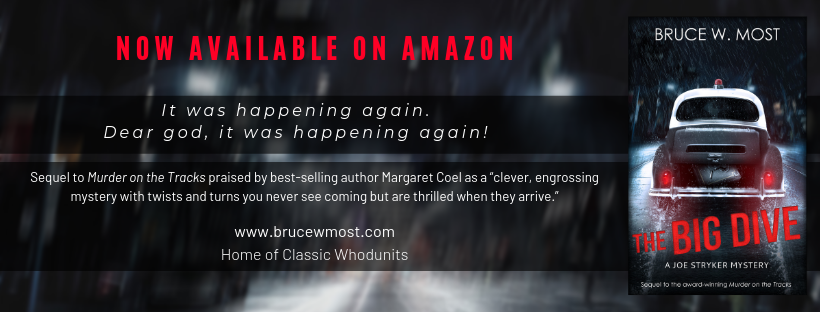 Ironically, there were two ways prisoners could escape a Japanese-American relocation camp: join the military (which I’ll blog about later) or if they offered skills or professions that contributed to America's war effort. In short, help the very nation that was cruelly and unjustly imprisoning them.
0 Comments
In light of the primitive living conditions and the ever-present barbed wire and gun towers, what was daily life like for the prisoners of the ten Japanese-American relocation camps?
Surrounded by barbed wire, machine-gun towers, and armed military police, what was life like for the 120,000 ethnic Japanese incarcerated inside the ten relocation camps? Or concentration camps as I suggested in an earlier blog.
I suspect you’re wondering why I would title a blog post The Dead Man in the Pearl Gray Hat. Or what if anything it has to do with my series of posts about my historical mystery, The Big Dive. Let me explain.
|
Bruce Most is an award-winning mystery novelist and short-story writer. His latest novel, The Big Dive, is the sequel to the award-winning Murder on the Tracks, which features a street cop seeking redemption while investigating a string of murders in 1949 Denver. His award-winning Rope Burn involves cattle rustling and murder in contemporary Wyoming ranch country. Bonded for Murder and Missing Bonds features feisty Denver bail bondswoman, Ruby Dark. Archives
February 2022
Categories |

 RSS Feed
RSS Feed